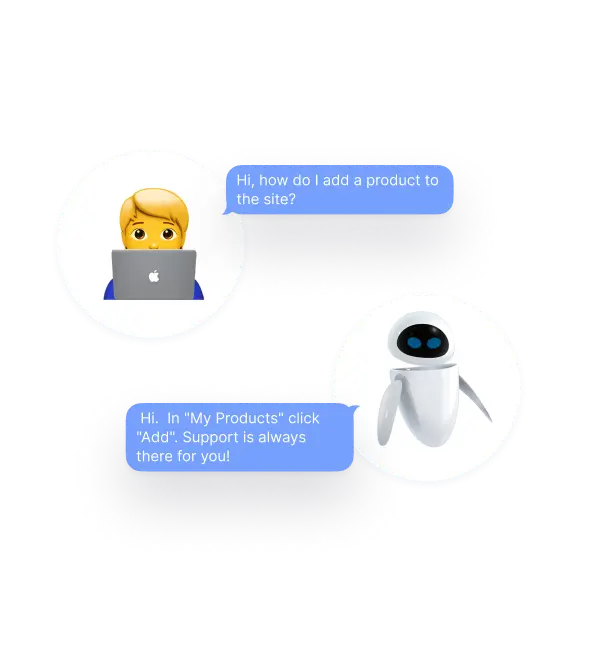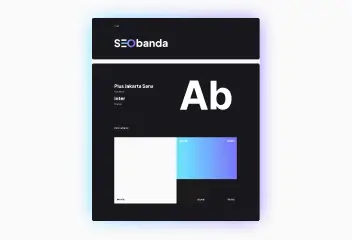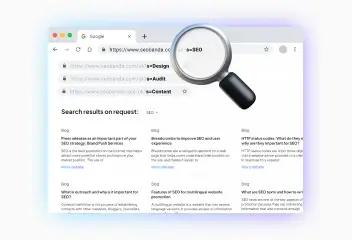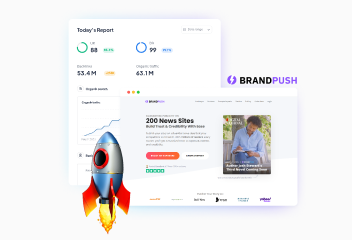What is a chatbot? How it works and why you need it
Chat bots have become an integral part of the modern digital world. They are used to automate communication with users, provide information, support customers, and even conduct transactions. Let’s take a look at what a chatbot is, how it works, and what benefits it can bring to your business.





Definition of a chatbot
A chatbot (short for “chatbot”) is software that simulates communication with users via text or voice messages. Chatbots can be integrated into various platforms, such as messengers (e.g., Facebook Messenger, Telegram, WhatsApp), websites, mobile applications, and other systems. A suitable chatbot can be used on any type of website and will help in providing information to users and positively influence conversion.


How do chatbots work?
- Defining scenarios and rules. First, scenarios are created that cover possible user requests and responses. These can be simple questions, such as “What are your opening hours?” or “How do I place an order?”. Each scenario contains a set of rules and conditions that define how the chatbot will respond to certain requests. These rules are based on keywords, phrases, or specific commands.
- Request processing. When a user enters a query in a chat, the chatbot analyzes it, looking for keywords or phrases that match predefined scenarios. Based on the found keywords, the chatbot selects the appropriate scenario and provides the user with a prepared answer.
- Chain of questions and answers. A chatbot can conduct a consistent conversation by asking clarifying questions and directing the user to specific information or actions. For example, if a user asks about the bank’s opening hours, the bot can clarify in which city or branch. All questions and answers in this process are also based on rules and scenarios, which ensures structured and consistent interaction.

Increase visibility
for your business: SEO solution for growth!


What types of chatbots are there?
Chatbots can have different purposes and functionality depending on the needs of the business. Here are some of the main types of chatbots:
- Informational chatbots: Provide users with information about products, services, the company, event schedules, etc. They can answer frequently asked questions (FAQs) and provide background information.
- Customer support chatbots: Help users solve problems, provide technical support, accept service requests, and answer questions related to products or services.
- Transactional chatbots: Allow users to complete transactions such as bookings, purchases, bill payments, etc. They integrate with payment systems and databases to process orders.
- Entertainment chatbots: Created to entertain users. They can tell jokes, play games, provide movie or music recommendations, etc.
- Educational chatbots: Used to educate and train users. They can provide information, conduct quizzes, study sessions, or trainings.


What are the advantages of using chatbots?
- 24/7 availability: Chatbots, unlike humans, can work around the clock, providing support and information to users at any time of the day or night. This is especially important for international businesses with time differences.
- Efficiency and time saving: Chatbots can automate routine tasks and answer frequently asked questions, freeing up time for employees to focus on more complex tasks.
- Improving brand trust: Quick and accurate responses to customer queries improve the way customers feel about the company. This contributes to increased customer satisfaction.
- Personalization: AI-powered chatbots can analyze user data (cookies) and provide personalized recommendations and offers, which increases the effectiveness of marketing campaigns.
- Scalability: Chatbots can handle a large number of requests simultaneously, making them an ideal solution for companies with a large customer base.

Increase visibility
for your business: SEO solution for growth!


Examples of chatbot usage
- E-commerce: Chatbots can help users find the right products, answer questions about products, take orders, and inform about delivery status.
- Banking: Chatbots can provide information on account balance, make payments, and provide advice on banking products and services.
- Tourism and hospitality: Chatbots can help users book rooms, provide information about hotel services, answer questions about local attractions, etc.


How to set up a chatbot: a step-by-step guide

Step 1: Define the purpose and functionality of the chatbot
- The purpose of the chatbot: Determine what exactly you are creating a chatbot for. It can be customer support, taking orders, conducting surveys, providing information, etc.
- Target audience: Define who will be the users of your chatbot. This will help you customize the bot to meet their needs and expectations.
- Functionality: Identify the main features and capabilities your chatbot should have. For example, answering frequently asked questions, booking services and accepting payments.
Step 2: Choose a platform to create a chatbot
- There are many platforms for creating and customizing chatbots. The choice of platform depends on your needs and technical knowledge. Here are some popular platforms:
- ManyChat: A chatbot building platform for Facebook Messenger and Instagram.
- Chatfuel: A platform for building chatbots for Facebook Messenger, Telegram, and other messengers.
- Dialog Flow: A tool from Google for creating intelligent chatbots with support for natural language processing.
- Tidio: A platform for creating chatbots for websites and messengers.
Step 3: Create an account and configure basic settings
- Registration: Create an account on the platform of your choice.
- Integration with platforms: Integrate your chatbot with the platform it will be used on (Facebook Messenger, Telegram, website, etc.).
- Setting up basic parameters: Specify basic information about the bot, such as name, description, and profile picture.
Step 4: Create scripts and customize responses
- Define scenarios: Create scenarios that will cover the main user queries and corresponding responses. Break your scenarios into logical blocks and sequences.
- Customize responses: Enter responses to user queries. Use response templates, images, buttons, and other elements to enhance your interaction.
- Calls to action (CTA): Add clear and compelling CTAs to encourage users to perform targeted actions. For example, to answer non-standard questions, a chatbot can offer the user to contact a manager.
Step 5: Testing the chatbot
- Internal testing: Test the chatbot yourself or with the help of your team. Make sure that all scenarios work correctly and that answers are provided correctly.
- Beta testing: Involve a small group of users to test the chatbot. Collect their feedback and make adjustments as needed.
Step 6: Launch the chatbot
- Publication: After successful testing, publish your chatbot on the platform of your choice.
- Informing users: Inform your customers and audience about the launch of your chatbot. Use email campaigns, social media, and other channels to spread the word.
Step 7: Monitoring and improvement
- Monitoring: Regularly track your chatbot’s performance using analytical tools. Analyze metrics such as the number of interactions, conversions, and user satisfaction.
- Improvement: Based on the collected data and feedback, continuously improve your chatbot’s scripts and responses. Add new features and capabilities so that people get exactly what they want to see.


Conclusion
Chatbots make the work of companies much easier and better. They allow answering frequently asked questions, relieving managers, and providing 24/7 user support.
You may also like it

Brand identity: The key to brand recognition and SEO success
Every product has its own unique feature that sets it apart from other brands. It could be a special font, a unique mascot, or an interesting logo with the right...

What is a dynamic URL and its impact on SEO
A dynamic URL (Uniform Resource Locator) is a web address that changes depending on the user's request or specific parameters. It differs from a static

Press releases as an important part of your SEO strategy: Brand Push Services
SEO is the best promotion on the Internet that helps attract more potential clients and improve your market position. The use of press releases is an important SEO...












